Sirjan Kilims
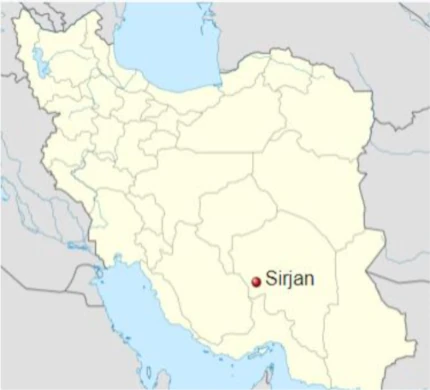
Sirjan (sirjoon in Kermani accent) is the
second big city of the province after the city
of Kerman, located at the western frontier of
Kerman the province, embraced by the very
beginning of the Zagros Mountain.

Sirjan County
This very beginning was actually the
journey’s end for the Turkic folks who found
their way through Zagros, being ultimately
settled on the high pastures of Sirjan. These
tribes mostly belong to Afshars who are the
biggest group of Turks of Iran, being moved
several times to southern parts of Iran by
Safavid Shahs and also during the reign of
Nader Shah the great, who, himself, belonged
to a branch of Khorasan’s Afshars.
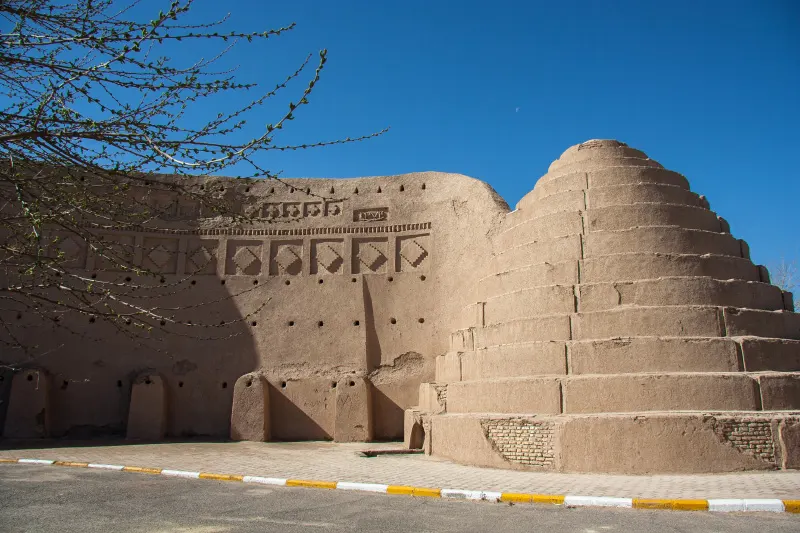
Persian yakhchal icehouse, Sirjan
These folks brought their weaving styles to
the region, and Sirjan, locating in the middle
of Kerman and Shiraz, play its role as the
central bazaar for woven goods made by
tribes of Both Kerman and Fars provinces.
Piled products are known widely as Afshari
and Kilims are sold under the name of Sirjan.
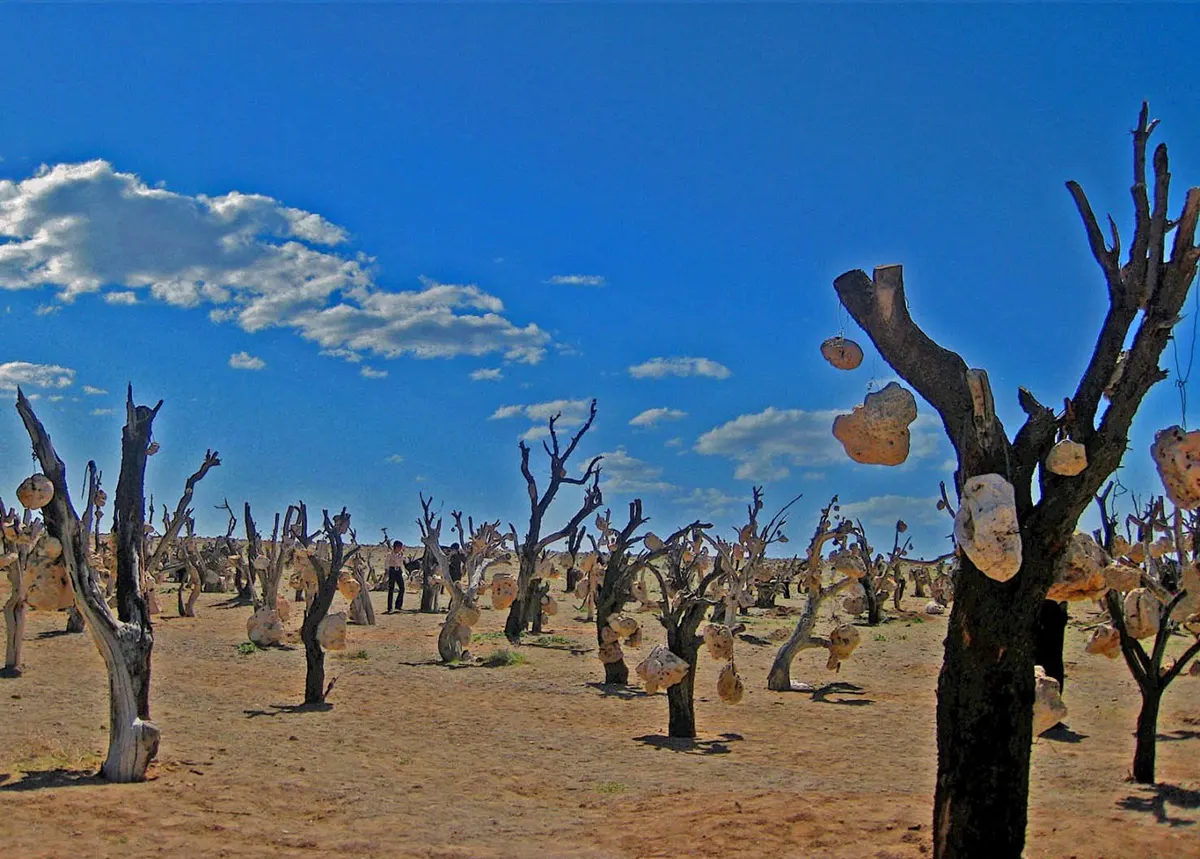
The Stone Garden in Sirjan
These tribal and village-woven Kilims are
amongst the best Iranian flat woven goods.
Shireki Pich, or simply Shireki is a term for
these pieces used by the weaver themselves.
Suzani (namely needle-work) is another term
used wrongly by merchants because of the
similarity between these pieces and needled
Kilims of north-western Iran.
Being known as a cultural heritage by
UNESCO, Sirjan Kilims’ world reputation
increased rapidly in recent years.
Technical aspects and the structure of Sirjan Kilims
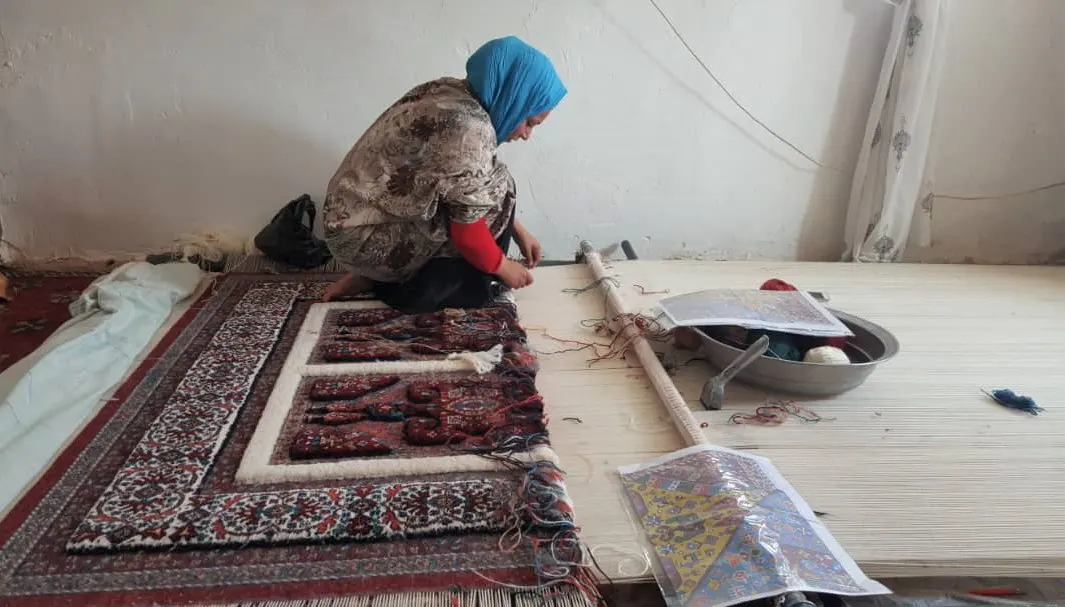
The distinguishing feature of Sirjan Kilims
from other Iranian Kilims is in their knotting
method which give a rather piled appearance
to them. In ordinary kilims wefts make
patterns but Shirekis’ wefts, being invisible
on Kilim’s surface, only fasten the warps.

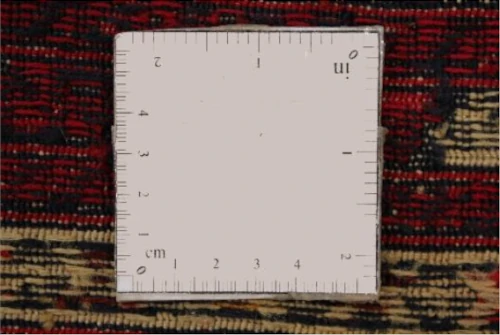
The main raw materials are wool and kork or
Kerman wool. It is a fine and thin but not
fragile hair sheared off a breed of goat native
to Kerman. Shearing must be done in spring
and just the soft hair of inner layers (mostly
under necks) are gathered as kork.
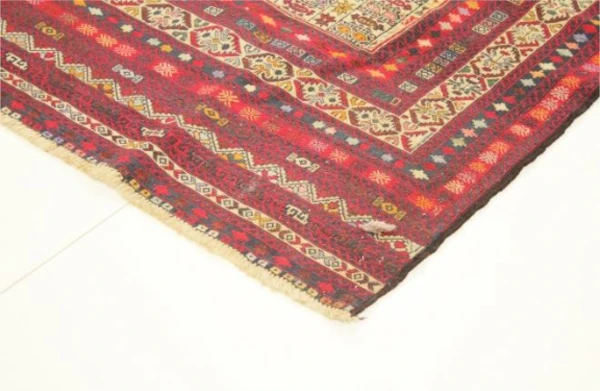
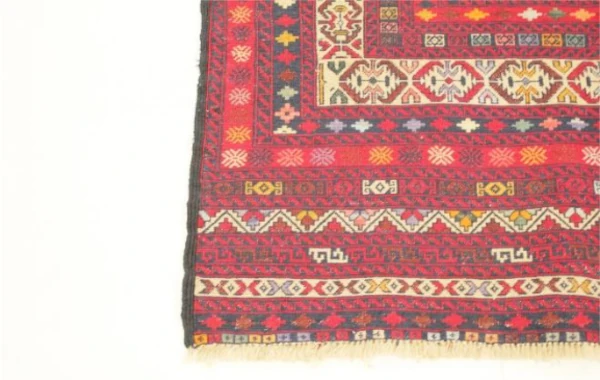
Since two last decades a kind of rug became
popular in Sirjan called Shireki-rug which is
a combination of piled and flat woven. The
total structure of these pieces is same as
Kilim but with piled patterns. The result
could be described as a kilim with bulging
patterns which has a special touch under feet.
Dyeing and painting of Sirjan Kilims
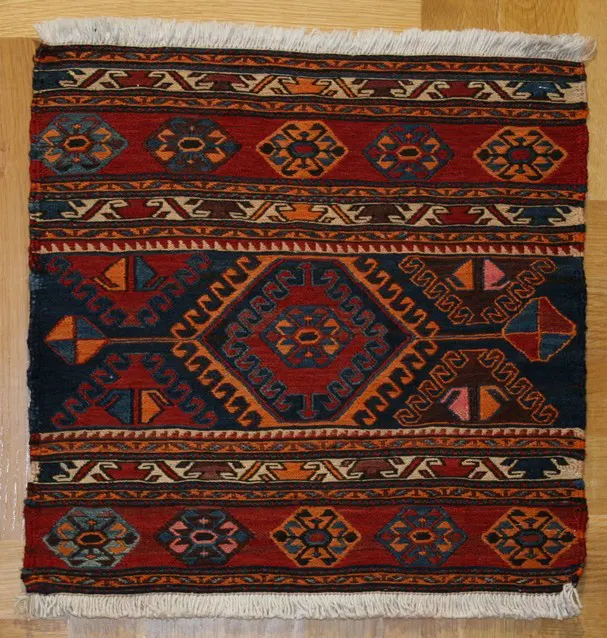
Living in Kerman province made Turkic
tribes familiar with the wide range of colors
used in city workshops of Kerman and Ravar
(Lavar). Using the same dyestuffs, obtained
from Kerman’s nature, nomadic weavers
prefer deeper hues rather than pastel ones
used by their neighboring city dwellers. Indigo, cochineal, walnut, weld,
pomegranate, vine leaves, straw, henna,
saffron, turmeric, poppy, cherry and madder
bring various shades of Blue, scarlet, orange,
green, brown and even black on Sirjan
palette.
Designs and patterns of Sirjan Kilims

Like in every Kilim weaving areas, Sirjan
weavers weave their Shirekis without loom-
drawing, relying on memory and momentary
impressions, or simply with observing their
old pieces.
Although the nomadic way of life is fading
between Kerman’s Afshars, they have
maintained lots of their heritages including Kilim patterns and designs which could be
traced to Azerbaijan, Caucasia and Asia
Minor.
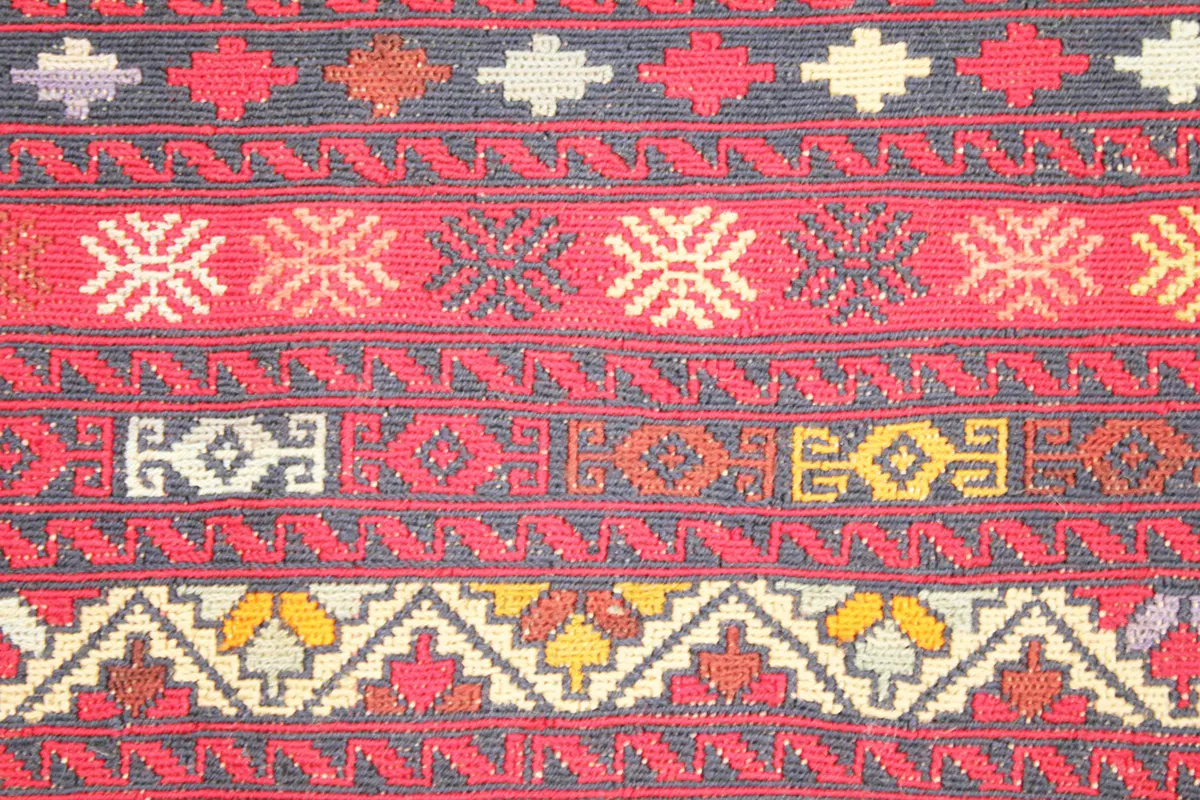
Lattice, Xeshti (framed) and striped (both
vertical and horizontal) have been favored
designs, which were filled with repeating
geometric patterns such as diamonds,
octagons and hexagons or simplified bestial
and herbal patterns. Today you can also find
pieces with diagonal strips or geometric
medallions.


